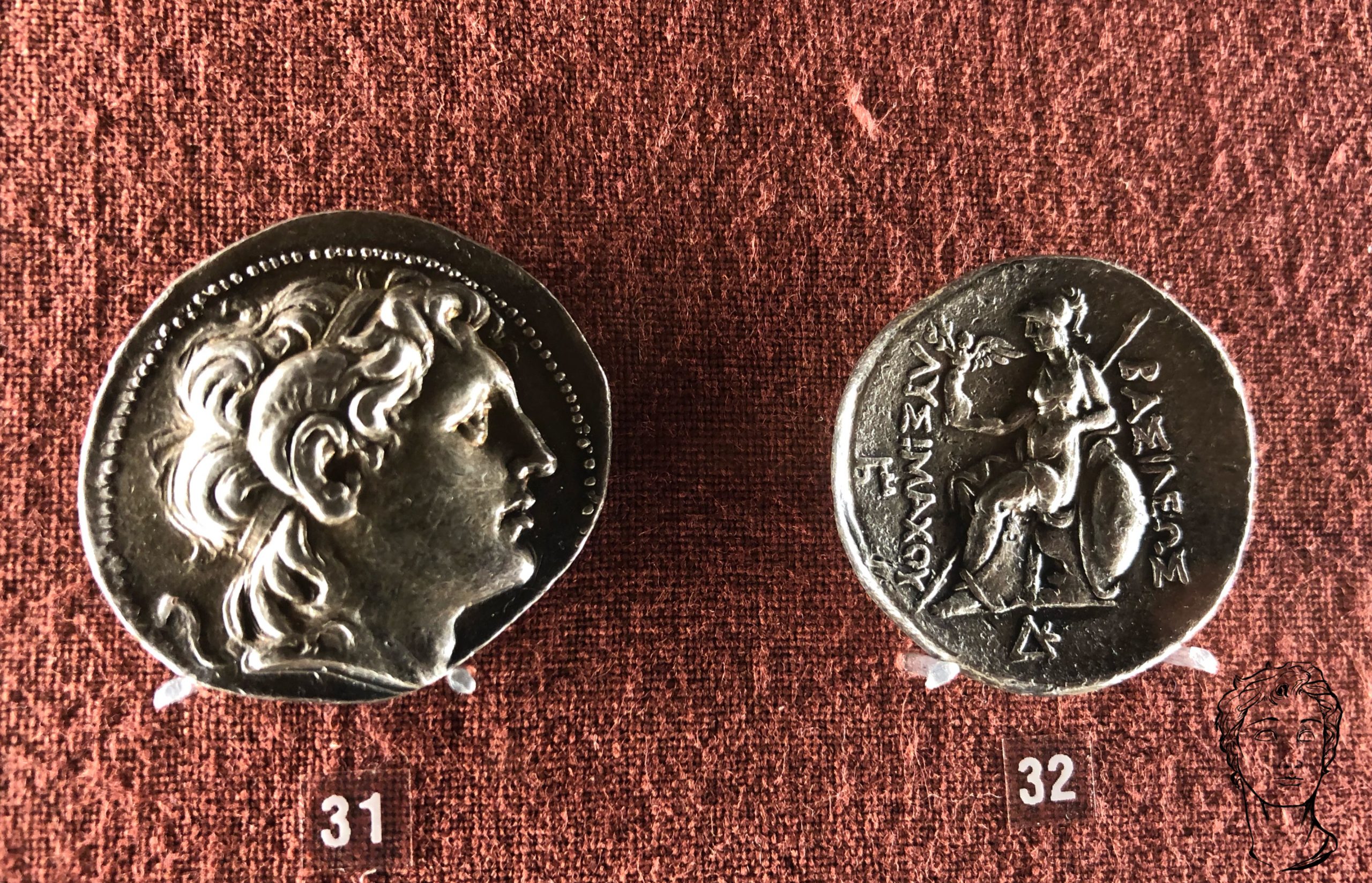On the blog, you’ll find a treasure trove of articles exploring various aspects of the Hellenistic era. This is part four in our Hellenistic Peoples Series, a series about some of individuals that shaped the Hellenistic Period, in which we take a closer look at Nabis of Sparta, the ruler of Sparta.
Nabis rose to power in 207 BC following the death of Machanidas in the Battle of Mantinea. Initially serving as a regent for Pelops, the rightful heir to the throne, Nabis soon seized power by eliminating Pelops and anyone else he deemed a threat to his rule. Within Sparta, Nabis continued the social reforms initiated by Kleomenes, which he viewed as a restoration of the city’s ancient values established by Lykurgos.
However, historical accounts of Nabis are often hostile, particularly those of Polybius, who portrays him as a tyrant known for his cruelty, including the use of a torturing device on perceived enemies. Despite this, Nabis depicted himself as a Spartan king with Hellenistic aspirations, evident in his portrayal on coins as a basileus. Polybius’s bias against Nabis is understandable given his own Megalopolitan background, as Nabis represented everything Polybius opposed.
During the Second Macedonian War, Nabis initially allied with Philip V of Macedon, receiving control over Argos in return. However, realizing the impending Roman victory, Nabis betrayed Philip and aligned with the Romans, resulting in a truce between Sparta and the Achaean League. Despite this, Nabis’s control over Argos remained a source of tension, threatening the unity and ambitions of the Achaean League in the Peloponnese.
In 195 BC, a Panhellenic congress convened at Corinth, organized by Titus Quinctius Flamininus, to address Nabis’s control over Argos. This congress exemplified Roman efforts to protect Greek freedom, as proclaimed at the Isthmian Games of 196 BC. The subsequent war against Nabis ended in Spartan defeat, although he retained his throne. This decision displeased the Achaean League, particularly Philopoimen, who had led the successful campaign against Nabis.
Troubles between Nabis and the Achaean League persisted, even after Roman withdrawal from the Peloponnese in 194 BC. Nabis’s acquisition of cities along the Lakonian coast, such as Gytheion, led to Achaean intervention, albeit unsuccessful. The Achaean strategos for that year, Philopoimen, advocated for immediate action against Sparta, reflecting his Megalopolitan background and concern for the Achaean League’s security.
Philopoimen’s leadership culminated in the defeat of Nabis’s forces at a naval battle and subsequent victory on land. Nabis was forced to remain within Sparta’s walls until his eventual death at the hands of Aitolians. Seizing the opportunity, Philopoimen persuaded the Spartan people to join the Achaean League, symbolizing a significant shift in allegiance for Sparta.
Plutarch’s account aligns with Livy’s, indicating Philopoimen’s use of both force and persuasion to integrate Sparta into the Achaean federation. Despite Nabis’s death, traditional hostility between Sparta and the Achaean League persisted, suggesting that some Spartans may have been reluctant participants in the league.
Philopoimen’s role in bringing Sparta into the Achaean League underscores his influence and military prowess. Alongside other Megalopolitan statesmen, Philopoimen prioritized the expansion and internal peace of the Achaean League over loyalty to Macedon. This development, evident throughout Polybius’s narrative, reflects the Megalopolitans’ commitment to the league’s growth and stability.




